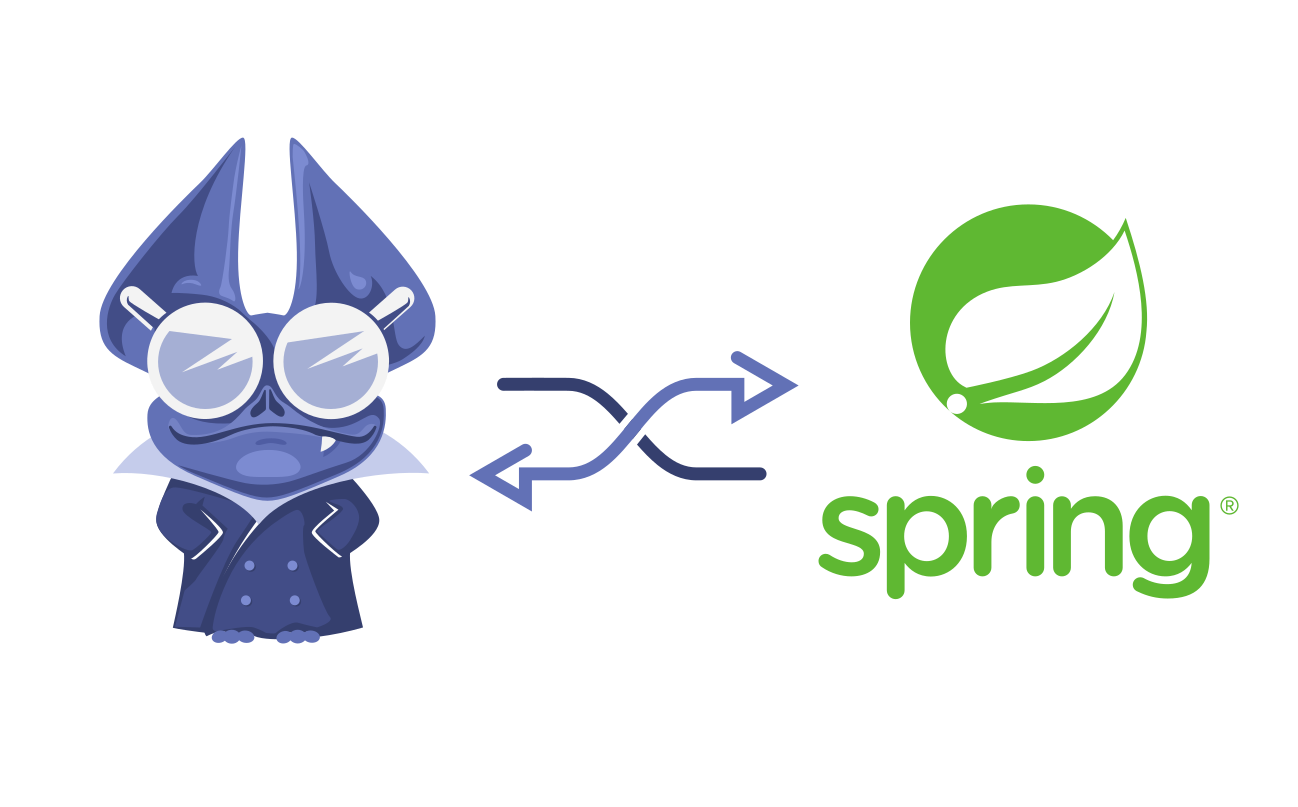In this blog post, we will explore how to detect and prevent these anti-patterns using pair programming, code reviews, and observability.

In the realm of software development, an anti-pattern is a common response to a recurring problem that is usually ineffective and risks being highly counterproductive. This blog post will look at some common anti-patterns in software development. We will also explore how to detect and prevent these anti-patterns using pair programming, code reviews and observability.
Understanding Anti-Patterns
Before we go into the specifics, it’s important to understand what an anti-pattern is. The term was coined in the book “AntiPatterns,” written by William J. Brown, Raphael C. Malveau, Hays W. “Skip” McCormick, and Thomas J. Mowbray. An anti-pattern is essentially a “bad” solution to a problem. It’s not just a bad solution, but a commonly occurring one that looks deceptively simple, easy, or beneficial.
Common Software Development Anti-Patterns:
Spaghetti Code
**Spaghetti code** is a term for source code that has a complex and tangled control structure, similar to a bowl of spaghetti. It’s characterized by several factors such as unclear project scope, lack of experience and planning, and inability to conform a project to programming style rules. The result is code that’s hard to read, understand, and maintain.
Golden Hammer
The **Golden Hammer** is a methodological anti-pattern that occurs when a team, very familiar with a particular tool or methodology, uses that tool or methodology as a solution to every problem they encounter. This mindset can lead to suboptimal solutions and hinder the exploration of more appropriate alternatives.
Boat Anchor
A **Boat Anchor** is a programming anti-pattern that occurs when a part of a system is kept in that system despite it no longer having any use. This is generally due to the belief that it might be needed later, which is almost always incorrect.
God Object
A **God Object**, or alternatively, a god class, is an anti-pattern that consists of having a class that does too much. A god class is usually a huge class that concentrates a lot of responsibilities, controls and oversees many different objects, and effectively does everything in the application.
Premature Optimization
**Premature optimization** refers to the practice of optimizing code or system designs too early in the development process before considering other design and coding aspects. This can lead to wasted effort and resources, or worse, an inefficient system that takes longer to complete tasks than necessary.
How to Detect and Prevent Anti-Patterns: 4 Ways
1. Pair Programming
Pair programming is a technique where two programmers work together at one workstation. One programmer, the driver, writes code while the other, the observer or navigator, reviews each line of code as it is typed in. This technique can help in detecting anti-patterns early and prevent their introduction into the codebase.
2. Code Review
Code review is a software quality assurance activity in which one or several people check a program mainly by viewing and reading parts of its source code. This process helps in detecting anti-patterns and other issues in the codebase. It also promotes knowledge sharing and code understanding among the team members.
3. Observability and Tracing
Observability is essential for understanding, diagnosing, and optimizing complex software systems. It empowers developers to build reliable, efficient applications and respond effectively to issues.
OpenTelemetry is the standard for instrumenting, generating, collecting, and exporting telemetry data such as traces, metrics, and logs. It is vendor-neutral and language-agnostic.
Observability will give us access to information from our running system. This information makes it possible to work proactive instead of reactive. Observability for agile development.
We can use this information to measure performance before optimizing or to find unused code.
4. Continuous Feedback
We can take this a step further. Digma can automatically help us detect anti-patterns, even some that can be hard to find in a code review, such as N+1 queries.
You can start using Digma today without any additional dependencies or configuration. Check out how.
How I used Continuous Feedback to detect and prevent the premature optimization anti-pattern
There are two scenarios when continuous feedback can help us detect and prevent premature optimization.
The first one is to measure performance before attempting to optimize something. Maybe it’s already good enough. Everything in architecture is a tradeoff. Do we need to add complexity to get the performance we need? By measuring before we optimize, we will not waste effort optimizing code that is already fast enough.
The second is when we have a performance problem. The challenge is often to find the bottlenecks, not to fix the performance problem itself. Continuous feedback shines in this scenario. Digma analyzes telemetry data collected from our application and will detect and report the performance bottlenecks. It often finds bottlenecks that we did not even know about.
These pictures show information from an endpoint that performs searches in our database. We had performance problems with this specific endpoint in the past. It now seems like somebody added wildcard searches without checking how that affected performance. Before Digma, I had to manually look through the code or use a profiler to try and locate the performance bottleneck.
Digma takes the guesswork out of the picture. We save lots of time finding and fixing performance issues. This example also shows how important it is to continuously monitor performance, something Digma also can do.
Conclusion
Anti-patterns in software development can lead to code that is hard to understand and maintain. They can introduce numerous issues in the codebase. Techniques like pair programming, code review, observability, and tracing can help detect and prevent these anti-patterns, leading to more maintainable and efficient code. By being aware of these anti-patterns and actively working to avoid them, we can improve the quality of our software and make our development process more efficient and effective.
The standardization of observability with OpenTelementry and the release of AI-powered tools such as Digma make it easier than ever to detect and prevent anti-patterns in your code.
This post was contributed to the Digma blog by Markus Westergren, senior Consultant/Staff Engineer. Markus helps professional Java back-end developers like you to write maintainable code so that you can become a sought-after expert in the software development industry. For valuable content about software development, check out Markus’s blog.
Download Digma: Here





